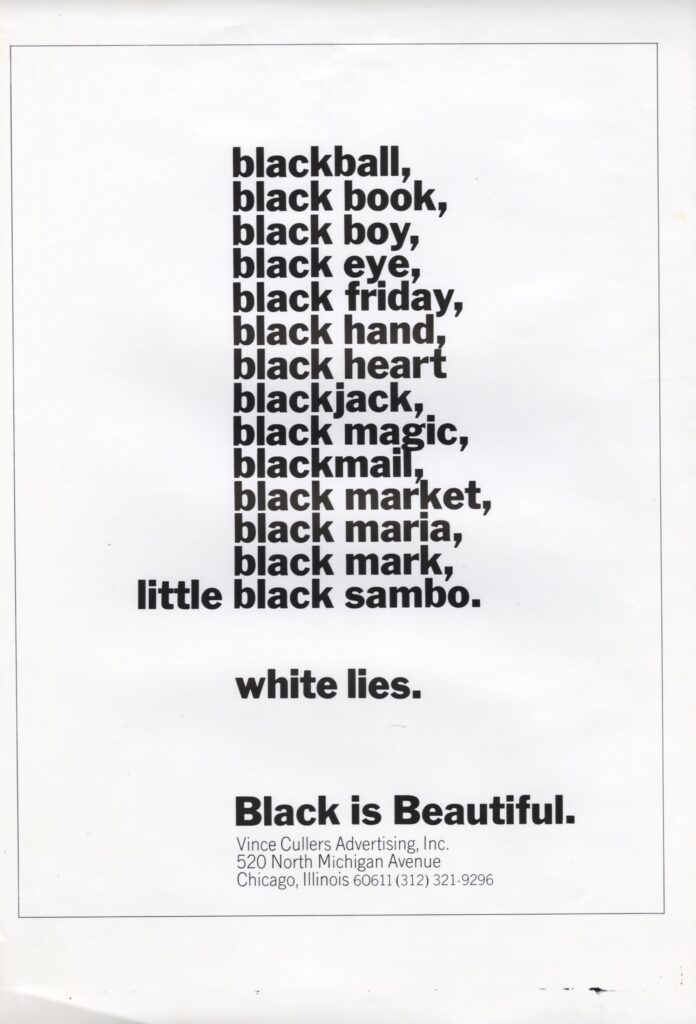Iconic Ads: Culler Advertising – Black is Beautiful

Black people have had a knack of utilising objects designed for their denigration and repurposing them for their own empowerment
In 1956, Vincent T. Cullers set out on a mission to revolutionise the industry. So that it would finally start serving a market that it had been neglecting for far too long. There is no doubt that Cullers was a visionary. He was a Marine combat artist during WW2. Afterwards, he worked hard to get a job at an advertising agency in Chicago. A prominent agency had hired him, but when he arrived, the position had inexplicably vanished. Cullers maintained his art studio and worked as art director for Ebony Magazine at the same time. While working at Ebony, he worked hard to earn enough money to start his own company.
When Cullers decided to start his agency, his pals thought he was nuts. Cullers didn’t care about the paucity of a Black ad agency at the time. The agency was fully operational in 1956, and he worked tirelessly over the next few decades to secure national clientele.
For the Cullers Agency, the demand for ethnic-targeted advertising spurred a passion for showing minorities in national advertising in a better light. After a lot of hard work, the national accounts finally arrived. Cullers proved to his clients that his firm was capable of advertising to any demographic, regardless of race or ethnicity.
Cullers said that advertising to African-Americans required “thinking Black.” As a result, he not only sold to but also educated and employed African-Americans in advertising at his business. Emmett McBain, a recent college grad, was one of those employees.
McBain left Vince Cullers and joined Playboy Records after two years of commercial experience. McBain left Playboy in 1959, but he continued to design album covers. By the time he was 24, he had designed more than 75 record covers for Mercury Records through his design business McBain Associates. Before returning to Vince Cullers in 1968, McBain worked as an art supervisor at JW Thompson in Detroit.
Advertisements made by McBain to promote his work for the agencies he worked for also show the shift in McBain’s attention from white society to the community’s internal values and culture.
His involvement in the movement for greater diversity in the advertising industry grew during this time, taking on a training and advising role for the next generation of creatives. In 1968, McBain created the agency’s landmark campaign, “Black Is Beautiful.”
Black people have long had a knack of utilising objects designed for their injury or denigration and repurposing them for their own empowerment, as this ad reveals.

He made this activism an important element of his profession. Many have referred to his work as “art with social direction” because of the prominence he gave to black people and black culture in his creations. As a pioneer of “positive realism” in advertising for African Americans, Emmett has been credited with introducing the concept to the industry. Depicting common folks who are proud of who they are and what they represent. One of the most significant ways this impacted the African-American community was by providing black people with the opportunity to see themselves in good light and to feel empowered.




1 Comment